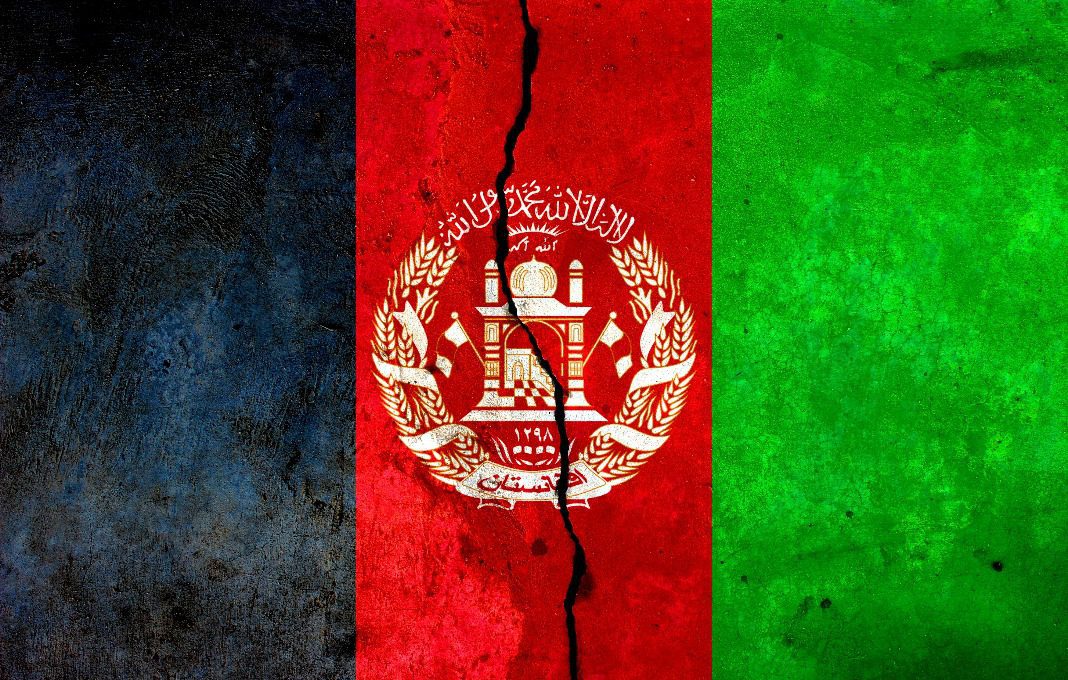
Still, there are objective lessons in this failure, including three crucial insights business leaders can use to avoid their own disasters.
1. You can’t order buy-in from Amazon; you need to earn it.
The Afghan government never bothered to win buy-in from the Afghan people. Its leaders assumed that simply “not being the Taliban” and bringing international aid and development dollars would excuse any abuse.
Yet all too soon, local warlords and government officials figured out how to get rich by organizing a kleptocracy and putting government positions up for sale. In return, officials were allowed to use their jobs to recoup the investment and turn a profit. By 2014, senior positions would be on sale for millions of U.S. dollars.
Afghan officials had many tried-and-true means of harvesting money: participation in the black market and opium trade, land theft, kidnapping for ransom, misappropriation of international aid money, and manipulating intelligence to fool international forces into targeting personal rivals. These predatory actions convinced most people to withhold support from the government (and the military coalition) and many to turn to the Taliban. As one Afghan elder told me in 2009, “You are either too blind to see how you are getting played, or you are a participant.”
People buy in when they support an organization’s common good; they believe they’ll be better off in doing so, and there are consequences for good and bad performance. When people have buy-in, they’ll give you their discretional effort.
Without buy-in, people vote with their feet at the first opportunity. Afghan soldiers abandoned officers and officials who were selling their food and ammunition. Likewise, when faced with toxic behavior, untrustworthy managers or poor reciprocity, your employees will bolt.
The bottom line? If parts of your organization lack buy-in, fire the leaders failing to earn it.
2. Complacency is a slow and expensive path to failure.
Complacency is the tendency to do the same things repeatedly and expect the same results. The Afghan government and international military coalition believed that building Afghan capacity, striking the Taliban, and putting pressure on Pakistan would eventually lead to the insurgency’s collapse. They were wrong.
The problem was that the kleptocracy eroded government legitimacy faster than anyone could build it. This issue, plus civilian casualties, induced more Afghans to switch sides, thus giving the Taliban more than enough recruits.
The hope that Pakistan would, in effect, declare war on the Afghan Taliban because American officials demanded it was pure fantasy. Even so, this basic theory remained the same through the Bush, Obama and most of the Trump administrations.
Meanwhile, the Taliban were innovating militarily, politically and diplomatically. They moved from mass attacks to guerrilla warfare that preserved their combat power and took actions to reduce and redress civilian harm. They instituted reforms that improved governance in areas they controlled. As a result, after 2010, Afghan villages rarely revolted against local Taliban officials, whereas withholding support or rejecting the Afghan government became increasingly commonplace.
Diplomatically, the Taliban sought to assuage international concerns about their intentions. They focused on building relationships with China, Russia, and others and engaged in talks with the United States and western powers. I participated in these official discussions from 2011 to 2013 and in unofficial talks in 2017 and 2018.
In 2001, the Taliban offered to surrender. But by 2009, they regained traction among the Afghan people, and in 2014, they had the initiative. The international coalition reduced its military presence from 140,000 troops in 2011 to around 5,000 by 2018. When the U.S.–Taliban talks began in late 2018, the Taliban had the upper hand. Innovation and perseverance were their keys to success.
3. Build resilience instead of dependence.
“We cannot let the Afghan National Security Forces fail in a battle,” a four-star general told me. “They’ll lose confidence in themselves.”
I asked: “Won’t they gain greater confidence knowing they can bounce back?”
“We cannot afford to take that risk,” the general replied.
When an Afghan unit got into trouble, coalition advisers and aircraft would swoop in to save the day. They never learned to recover from setbacks, and their officers never had to face the consequences of their corrupt practices, which were eroding readiness and cohesion.
On a larger scale, the United States shielded the Afghan government from the consequences of its actions. Although various American officials discussed corruption as a strategic risk, they never mustered the will to address it.
The Afghan government created its own shambolic, anti-corruption task forces, even as the kleptocracy got more aggressive. The Afghan government was repeatedly listed as the world’s most corrupt entity on international indices. Capital flight out of Afghanistan clocked into the billions per year as warlords and officials purchased real estate in Dubai and funneled their assets into foreign investments to hedge against collapse.
The whole rotten edifice came crashing down once the Biden administration announced that it would follow through on the withdrawal plans set in motion by the Trump administration. After years in denial, believing that U.S. forces would never leave, and 15 months of malign neglect between the signing of the U.S.–Taliban agreement and the withdrawal of American troops, the scales finally fell from the eyes of Afghan officials. Their soldiers abandoned their posts as Afghans voted with their feet, assessing the Taliban as the lesser of two evils.
By shielding the Afghan government from the consequences of its actions and building a military in an American image rather than what was workable for Afghans, U.S. officials created dependency. The Afghan state rotted from within, never learning from mistakes or how to use setbacks as stepping stones to success.
The Afghanistan disaster serves as a cautionary example for all leaders. Earning buy-in, combating complacency, and building resilience among leaders and teams are meta-skills during times of volatility and uncertainty.
























































![Key Metrics for Social Media Marketing [Infographic] Key Metrics for Social Media Marketing [Infographic]](https://www.socialmediatoday.com/imgproxy/nP1lliSbrTbUmhFV6RdAz9qJZFvsstq3IG6orLUMMls/g:ce/rs:fit:770:435/bG9jYWw6Ly8vZGl2ZWltYWdlL3NvY2lhbF9tZWRpYV9yb2lfaW5vZ3JhcGhpYzIucG5n.webp)

















